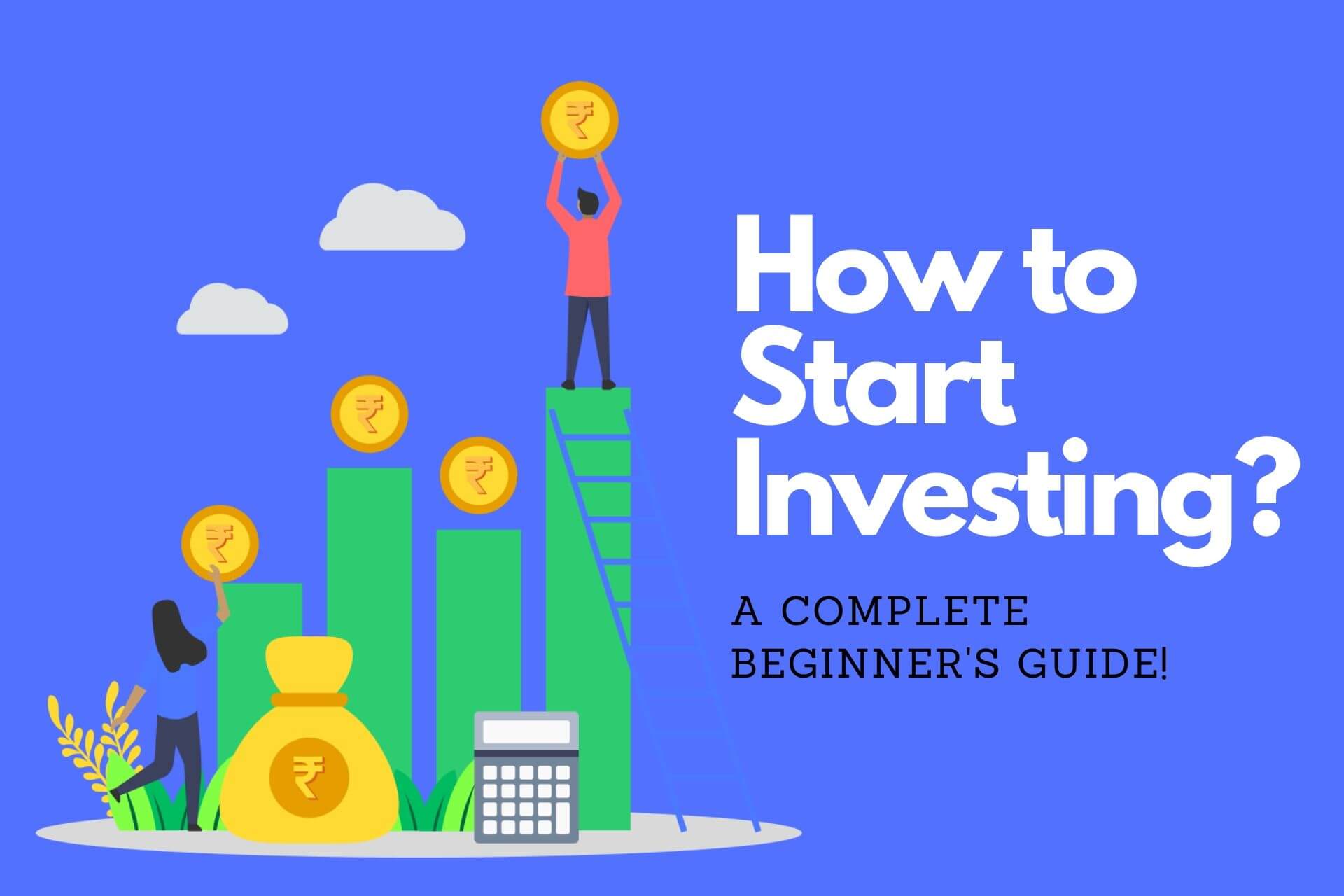
How to Start Investing as a Beginner: A Step by Step Guide
Updated on 19-03-2025
Investing is one of the most effective ways to build wealth over time and achieve financial security, but for beginners, it can feel overwhelming.
If you’re new to investing, don’t worry! This step-by-step guide will walk you through the basics and help you start your journey toward financial growth.
Step 1: Set Clear Financial Goals
Before you start investing, ask yourself these two question
- Why you want to invest?
Common financial goals include:
- Building an emergency fund
- Saving for retirement
- Buying a house
- Funding your child's education
- Growing wealth for financial independence
- How long do I plan to invest?
- Long term
- Short Term
Having a clear goal helps you choose the right investment strategy.
Step 2: Understand Different Investment Options
There are various investment options available, each with its own risk and return potential. Here are some of the most popular ones:
1. Stocks (Equity Investment)
- Buying shares of a company makes you a part- owner.
- Higher potential Returns but also higher risk.
- Ideal for long-term investments.
2. Mutual Funds
- Professionally managed funds that invest in stocks, bonds, or a mix of both
- Diversified investment, reducing risk.
- Suitable for beginners who want to invest without actively managing stocks.
- SIP (Systematic Investment Plan) allows small monthly investments.
3. Fixed Deposits & Bonds
- Safer investment options with fixed returns.
- Lower risk but also lower returns compared to stocks and mutual funds.
- Suitable for conservative investors.
4. Real Estate
- Investing in property for rental income or resale.
- Requires high capital but offers long-term stability.
5. Cryptocurrencies & Alternative Investments
- High-risk, high-return investments.
- Only recommended if you have experience in volatile markets.
Step 3: Assess Your Risk Tolerance
Every investment carries some level of risk. Assess your risk tolerance before choosing an investment:
- Low risk: Fixed deposits, government bonds, debt funds.
- Medium risk: Mutual funds, ETFs, index funds
- High risk: Stocks, cryptocurrencies, commodities
If you’re a beginner, start with a balanced portfolio that includes both low- and medium-risk investments.
Step 4: Create an Investment Plan
A structured plan helps you stay consistent. Consider:
- Investment Amount: Decide how much you can invest regularly.
- Investment Horizon: Short-term (1-3 years), medium-term (3-5 years), or long-term (5+ years)?
- Asset Allocation: Diversify between stocks, mutual funds, and bonds.
Step 5: Open an Investment Account
To start investing, you need an account:
- Demat & Trading Account: Required for stock and ETF investments.
- Mutual Fund Account: Directly with fund houses or through an investment platform.
- Savings Account: For fixed deposits or government bonds.
Step 6: Start Small & Invest Regularly
- If you’re unsure, start with Systematic Investment Plans (SIP) in mutual funds.
- The longer you stay invested, the higher your chances of making profits.
- Avoid frequent buying and selling.
- Stay patient and trust the process.
Step 7: Monitor & Adjust Your Portfolio
- Review performance every 6-12 months.
- Rebalance portfolio if necessary to match with your goals.
- Stay updated with financial news and trends.
NOTE: Avoid Common Beginner Mistakes
- Investing without research: Always understand what you’re investing in.
- Chasing quick profits: Investing is a long-term game.
- Ignoring diversification: Don’t put all your money in one investment.
- Reacting to market fluctuations: Stay patient and avoid panic-selling.
- Ignoring costs & fees: Be aware of transaction charges, fund fees, and taxes
- Not having an emergency fund: Keep some savings aside before investing.
Final Thoughts
Investing doesn’t have to be complicated. Start with small amounts, stay consistent, and keep learning.
Over time, your money will grow, helping you achieve financial freedom.
The sooner you start, the better your financial future will be!
Are you ready to start investing today? ????
Act Now Before the Best Opportunities Slip Away!
Visit Us: Pratap Tower, 2nd Floor, Bistupur, Jamshedpur, 831001
Call for a Free Consultation: 9153891015
You can also use GIIS Financial tools or Our Android App for Investment, tracking and Asset allocation planning.
*Mutual Fund Investments are subject to market risk, read all scheme related documents carefully.
Share On



















0
Comment